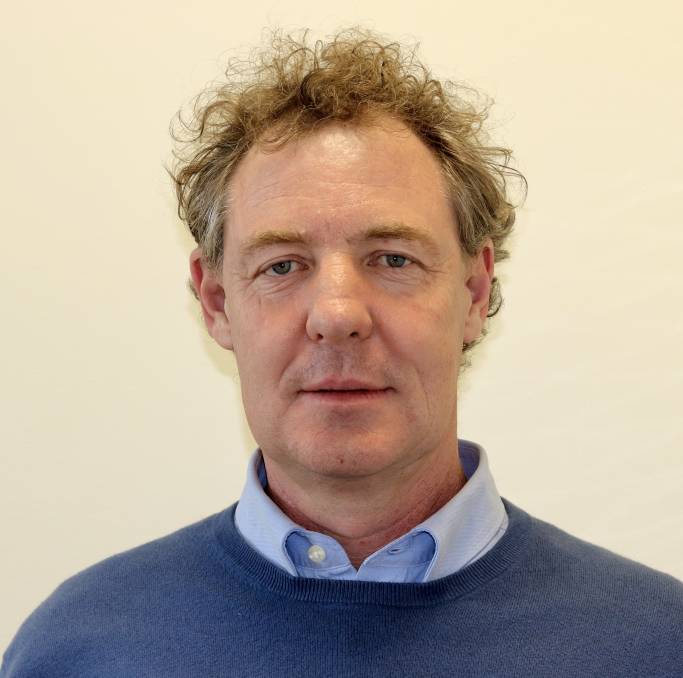The Council of Landcare NSW has passed a resolution calling for the creation of a single, representative, national peak Landcare organisation that functions through and leverages the strengths of all existing State and Territory Landcare Peak Organisations (STOs).
The NSW Landcare community arrived at this majority view after a four-month consultation process.
At its 12 August 2020 meeting, Council resolved this reform is critical for the future of Landcare in Australia.
Specifically, Council resolved that the following points be conveyed to Landcare Australia Limited (LAL), National Landcare Network (NLN), all counterpart STOs and key Landcare stakeholders and partners.
1. LAL and NLN must immediately resume discussions to form one national Landcare body that represents grassroots Landcarers and provides the range of services needed to support and grow Landcare nationally.
2. This will require open, frank and professional discussion by those in national leadership positions regarding the issues that led to the failed merger and the rebuilding of trust to allow a meeting of the minds regarding the way forward.
3. A realistic timeframe for completion of the process must be set, albeit noting the urgency of the issue, and a formal process undertaken and resourced, with the requisite expertise.
4. The single merged national body must:
a. Bring together the strengths and competencies of the NLN (representation, advocacy, policy) and LAL (marketing, communications, fundraising, corporate relationships);
b. Have a federated representative structure that works through (and not around) each of the eight STOs to ensure Landcare community’s ‘bottom up’ ethos is preserved;
c. Must not include other environmental organisations, corporates nor other entities or individuals that are not deemed to be ‘Landcare’, as voting members of the new national body. Membership must be preserved for the eight STOs and independent board members of LAL;
d. Through a competitive and transparent recruitment process, must seek a leadership and management team that has the requisite skills and experience to lead and rejuvenate the Landcare movement nationally.
Council concluded: ‘As representatives of thousands of Landcare organisations, groups and individuals in NSW, we believe this reform is essential for the future of Landcare in Australia and request it be implemented with due care, responsibility and cooperation as a matter of urgency.’
 Opinion editorial courtesy of the National Landcare Network and NLN Chair Dr Patrick O’Connor
Opinion editorial courtesy of the National Landcare Network and NLN Chair Dr Patrick O’Connor